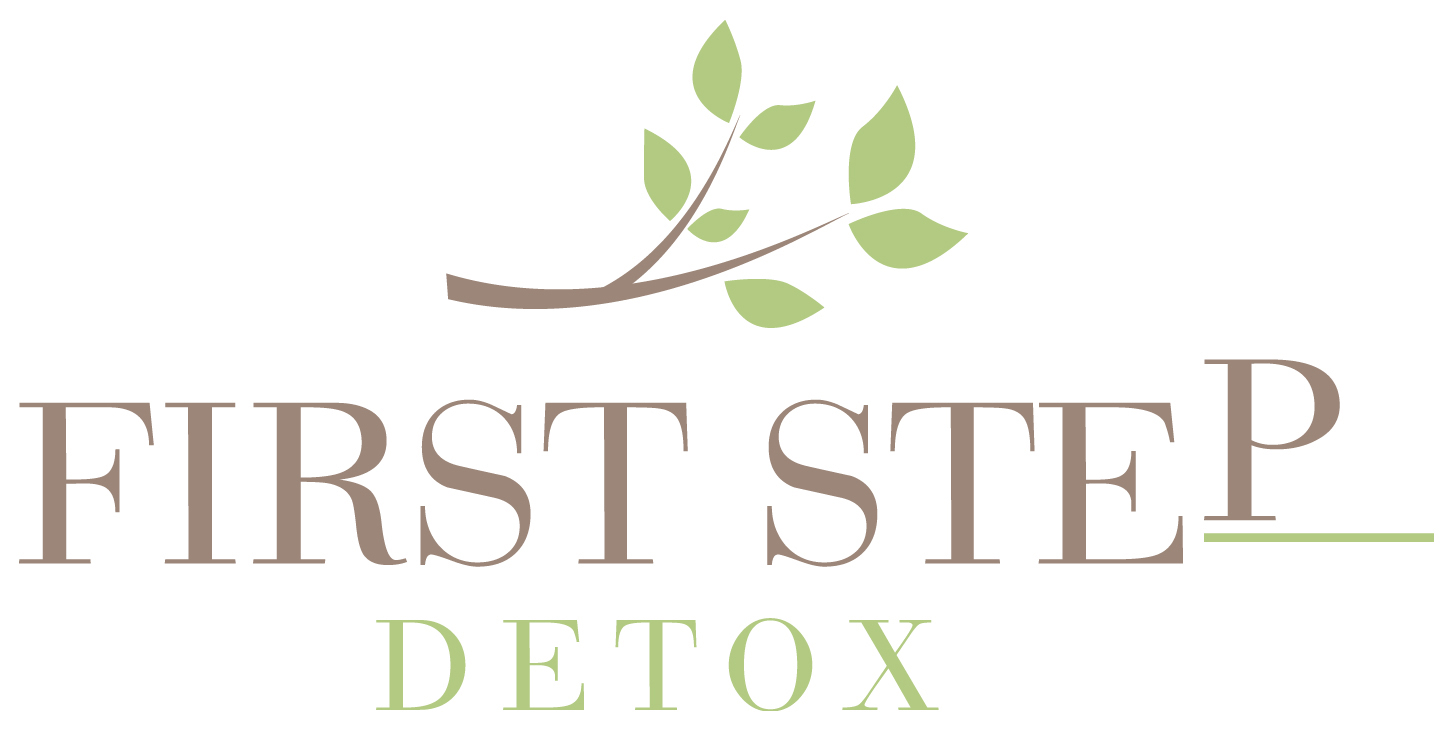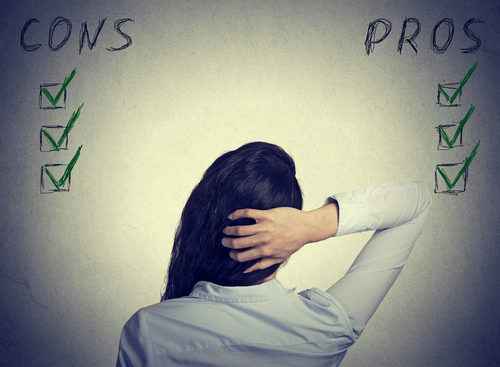 Medically assisted treatment (MAT) is the most common form of treatment used for opiate addiction. However, anyone experienced with addiction treatment will tell you that detox is not a one size fits all process. It is important to become familiar with multiple forms of treatment to help determine what process is right for you.
Medically assisted treatment (MAT) is the most common form of treatment used for opiate addiction. However, anyone experienced with addiction treatment will tell you that detox is not a one size fits all process. It is important to become familiar with multiple forms of treatment to help determine what process is right for you.
Benefits of Medically Assisted Treatment
Medically assisted treatment works to combat addiction by using doctor prescribed drugs to help wean the patient off the abused substance. Doctor prescribed opiates are more slowly absorbed into the blood and do not elicit the same euphoric effect. This will inhibit cravings, reduce withdrawal symptoms, and help create a disconnect between taking a drug and instantly feeling high. Examples of prescribed drugs include Methadone, buprenorphine (Suboxone), and naltrexone.
- Methadone: Reduces or blocks the effects of other opiates and tolerance is slow to develop.
- Buprenorphine (Suboxone): There are virtually no tranquilizing effects and has a lower abuse potential than methadone.
- Naltrexone: Non-addictive, non-opiate that does not produce dependence.
Doctors prescribe a non-opiate drug that blocks the receptors that give opiates their euphoric effect. Studies have shown that when the proper medication and therapy regimen has been applied, medically assisted treatment is highly effective and has a low relapse rate.
Why Medically Assisted Treatment May Not Be Right For You
There is no set timetable for how long a patient may be reliant on doctor prescribed narcotics. A regimen may last days, months, several years, or longer. Most professionals agree that this is essentially removing one drug dependency and replacing it with another. Each prescribed drug is also not without its detractors.
- Methadone: Can have increased risk when combined with other drugs, may have a potential for dependency and other related health issues.
- Buprenorphine: Cannot be taken if opiates are still in your system and a potential for abuse still exists. Doctors have limitations to how much they prescribe.
- Naltrexone: Cannot be taken if opiates present in your system.
An Alternative to Medically Assisted Treatment
Abstinence-based treatments focus on intensive outpatient therapy to treat the mental health and substance abuse disorder. They refrain from utilizing prescription drugs such as methadone and buprenorphine long-term and focus more on fully removing the substances from a patient’s system. Although they may temporarily prescribe drugs such as naltrexone to assist the patient with weening off opiates the objective is to remove them from the system entirely. They focus strongly on the behavioral and mental-health aspect of addiction. Many Abstinence-Based programs follow the 12 Steps of Alcoholics Anonymous and encourage patients to attend AA meetings. This allows the patient to build a strong support group and helps remove them from a lifestyle that may encourage them to return to old habits.
How to choose
Treatment needs change with the individual and one treatment is not universally better than the other. It is essential that a patient consults with a professional and works through what is best for them.
A comprehensive understanding of what specific drug is being treated is essential. Because there are several drugs that may be prescribed and each has varied efficacy with different opiates it is important to establish a strong doctor-patient relationship to better understand what the correct form of therapy will be.

